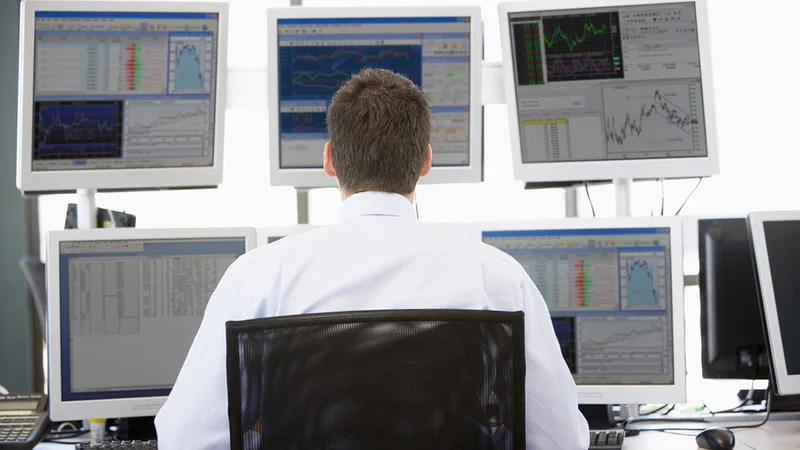Picture this: A lone figure, bathed in the cool, blue-white glow of six monitors. The only sounds are the hum of a cooling fan and the frantic, almost imperceptible click of a mouse. Outside, the world sleeps or wakes, but in this room, time is measured in ticks and candlesticks. This is the modern-day trader, the digital prospector, a hero of our new financial frontier. But there’s a secret cost to this life, a ghost in the machine that we’re only now beginning to confront.
They call it a “lonely sport,” and I can’t think of a more chillingly accurate description. We’ve built a global, instantaneous financial system—a technological marvel that connects millions of people to trillions of dollars in capital. Yet, for the individual at the heart of it, the experience is one of profound isolation. A 2022 study found that real-time platform users scored higher on the UCLA Loneliness Scale. Think about that. The very tools designed to grant us unprecedented access to the global marketplace are simultaneously walling us off from each other.
This isn't just about finance. It’s a symptom of a much larger paradox in our digital age. Every click, every scroll, every hesitation is tracked by what we call “cookies”—in simpler terms, they’re tiny digital breadcrumbs that tell a story about who you are, what you want, and where you’re going next. We are constantly being asked, implicitly and explicitly, "Are you a robot?" because our behavior is being parsed by systems that see us not as people, but as predictable patterns. We've become so focused on optimizing the interface between human and machine that we've completely neglected the connection between human and human.
And I have to ask: Is this the future we were aiming for? A world of infinite information but finite connection? A planet wired for data, but not for empathy?
The Human Algorithm is Fighting Back
Just when the outlook seems bleak, something incredible happens. The system starts to correct itself. Not the technological system, but the human one. When I first saw the data, I honestly just sat back in my chair, speechless. According to Google Trends, global search interest for “day trading group” has skyrocketed 572% in the last quarter alone—it’s an explosion of human need, a collective roar against the silence of the trading desk. Searches for “day trading class” are up 700%. “Day trading coach,” up 325%.

This isn’t just a trend; it’s a paradigm shift. It's a grassroots movement away from isolation and toward collaboration. People are refusing to accept that the price of participation in the modern economy is their own loneliness. This is the kind of breakthrough that reminds me why I got into this field in the first place. We are witnessing the birth of a new kind of digital infrastructure, one built not on code, but on community. As Daniel Alhanti, a trading mentor, puts it, “The goal is to take this from a lonely sport, something you do by yourself, to a team sport.”
This is a recurring pattern in human history. Think of the printing press. At first, it was a tool for the elite to mass-produce texts, a one-to-many broadcast. But it wasn't long before people used it to print pamphlets, to organize, to share ideas, and to spark revolutions. The technology was just the starting point; the human need for connection and community is what truly unlocked its power. We are seeing the exact same thing happen right now in these digital spaces. We’re moving from a broadcast model of information to a community model of shared knowledge and support.
Of course, with this new power comes a new responsibility. We have to be thoughtful about how we build these communities. How do we ensure they are places of genuine learning and support, not just echo chambers for risky bets or financial fanaticism? The architecture of these new digital town squares matters immensely. We have a chance, right now, to design them with empathy and human well-being as core principles.
The desire is there. The technology is there. People are tired of talking to the algorithm. They want to talk to each other. They’re hacking a system designed for isolation and rewiring it for collaboration, and the speed of this is just staggering—it means the gap between the lonely present and the connected future is closing faster than we can even comprehend.
The Real Upgrade is Us
For years, we’ve been obsessed with upgrading our technology. Faster processors, smarter algorithms, more data. We thought that was the path to progress. But we were wrong. The data is in, and the verdict is clear: the most important upgrade we can make isn’t to our machines, but to the way we use them to connect with each other. The next great leap forward won’t be artificial intelligence; it will be collective intelligence. We’ve built the digital world. Now, it’s time to finally populate it with people.









